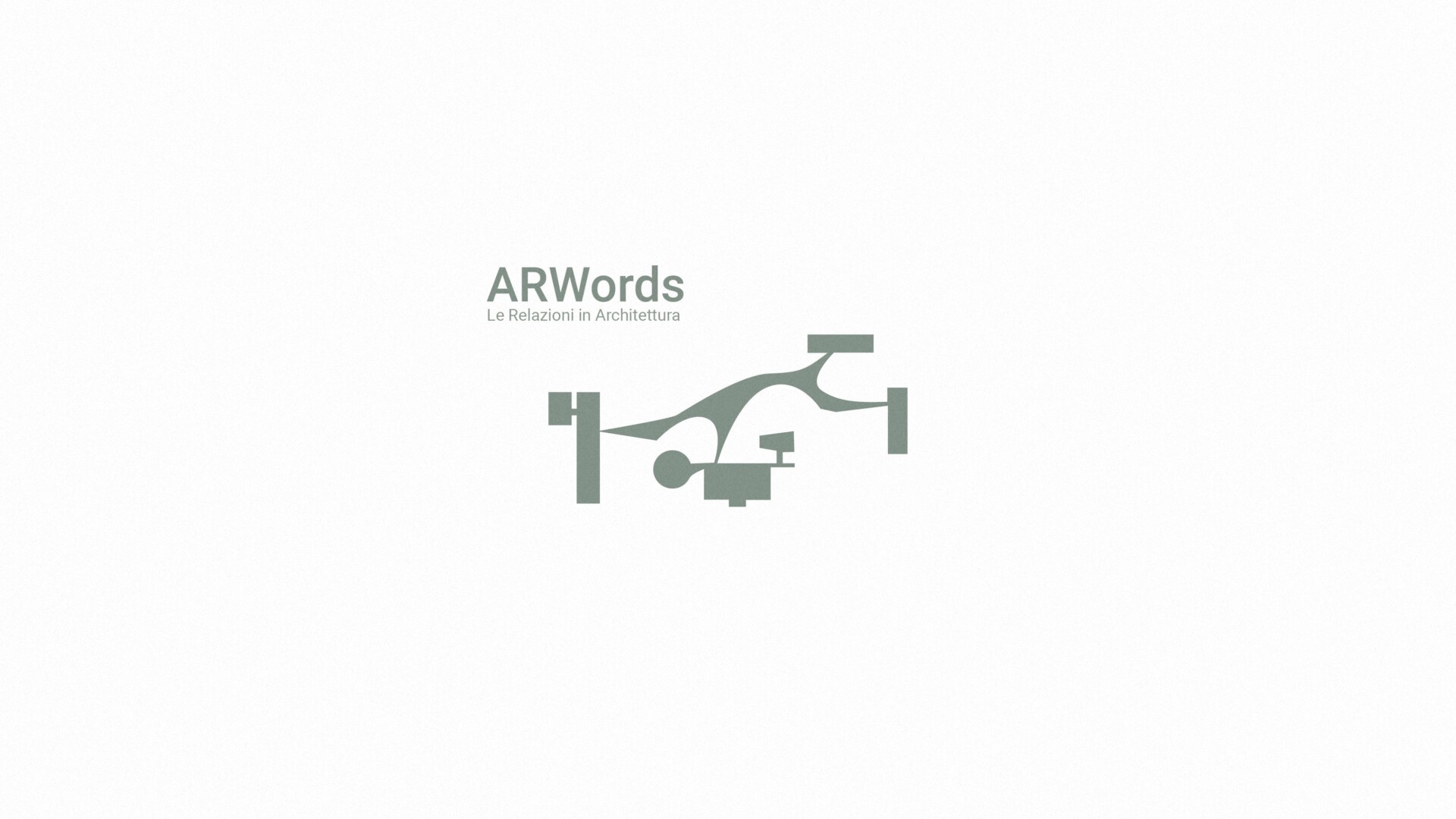
ARWords: Lesson 8 – Relationships in Architecture
ARWords
The new lecture series organized and discussed by the ARW team.
Lecture Title: “Relationships in Architecture”
The workshop seeks a relational telos in the foundational definition of architecture in response to the loss of identity and media-driven homogenization.
Today, we witness the disidentification of differences – entropic maximization – and the definition of arbitrary forms situated between fragmentation and decorative deconstruction.
Gian Luigi Banfi, in his structuralist analysis, identifies relationships as qualitative, much like chemical relationships, where qualitative factors produce conformative, not merely compositional, outcomes. This principle forms the foundation of the architectural project.
Enzo Paci argues that relationships possess their own modality—a structuring form where objects interact within space. Defining new forms means designing new relationships, embracing a generative vision that opens infinite possibilities for outcomes.
The constraint in architecture is context, the absence of a blank slate (tabula rasa). Architectural identity is established through confrontation with the spatial conditions in which it exists, fostering non-homologative relationality.
Mario Ceruti interprets constraints as generative and determinant possibilities. As early as the 1960s, Vittorio Gregotti emphasized that if the environment is arbitrary in its forms and spatial relationships, the built environment appears as an operable, non-neutral material.
